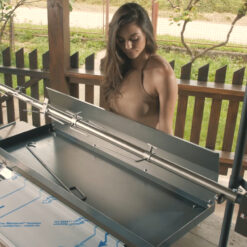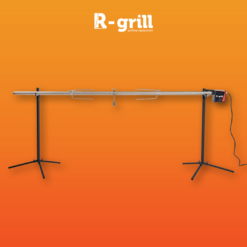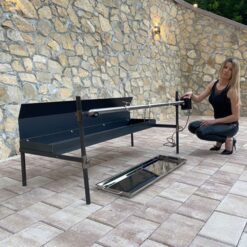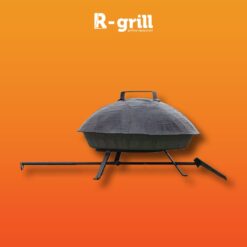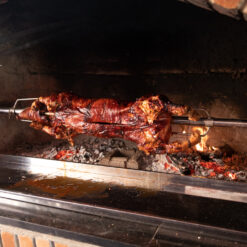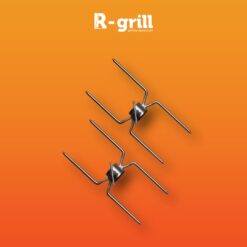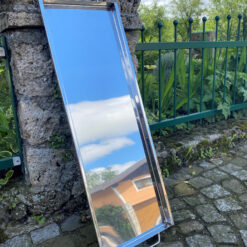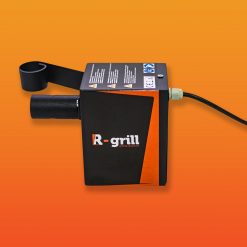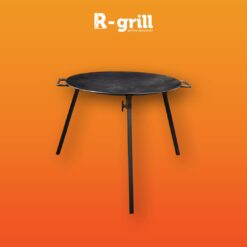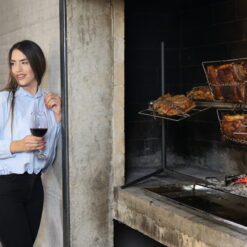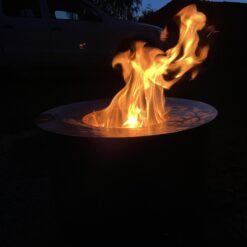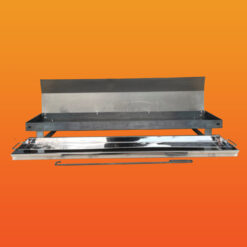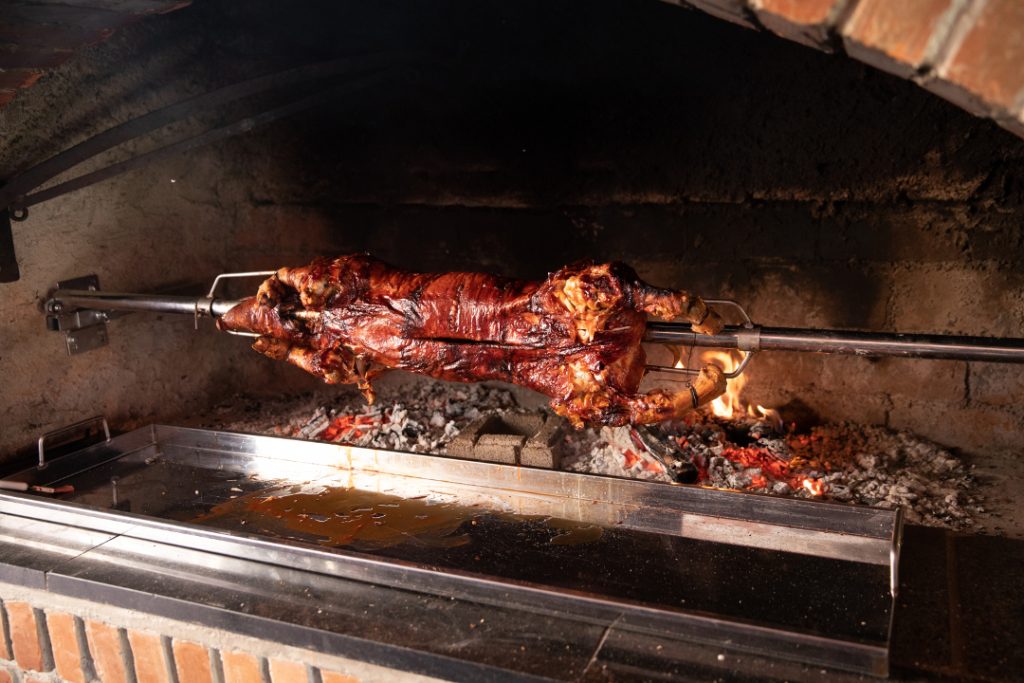
Spit grilling and BBQ roasting are both methods of food preparation. Both imply cooking of meat or vegetables by exposure to heat. However, spit grilling is a roundabout exposure to the fire of a whole pig, lamb, chicken or a piece of meat put on a spit. So, looking not deeper than the very lexicology, the difference between spit grilling and BBQ roasting is the spit itself. So, one might ask, what is all the fuss about? The meat will obviously be roasted in any case and that is the whole point. Well, as usual, when people, food and tastes are concerned, things tend to go deeper than they appear to. The issue of health is also tackled here. Is roasted meat healthy? Is it better to prepare the meat in the oven or over a fire?
So, to cut the story short, it is our intention here to unveil the mystery and decide once and for all – what the essential difference between spit roasting and roasting is and which of the two is better overall.
Apart from the obvious, which is the spit, there are two crucial differences between spit roasting and roasting:
Roasting generally implies preparing meat in an oven, on a flat surface, potentially in a covered pan, by exposing it to dry heat. This means that meat is roasted by hot air blowing from up, down or both. In this case, the approximate temperature is 300 degrees Fahrenheit. Spit roasting on the other hand means exposing the meat to an open fire by rotation. The temperatures here are significantly higher and reach approximately 350 degrees Fahrenheit. So, what do these two differences mean to us, common meat-loving people?
Time is the ultimate benefit of life and finding ways to save it is a constant struggle in all our daily activities. Cooking meat is no exception. So, to make a long story short, spit roasting is the faster method. The main reason is the open environment.
When spit roasting, the meat is cooked over an open flame and is constantly rotating. This results in more time efficient and more even cooking. On the other hand, roasting takes longer mostly because the meat is cooked in a covered pan or oven. This is to say that the enclosed environment of the oven or roasting pan traps the heat and slows down the cooking process. By contrast, spit roasting exposes the meat to direct heat from all sides and thus speeds up the cooking process.
Current score: 1:0 for spit roasting.
We roast meat primarily because of the taste. The crispy surface crushing between the teeth and the melting inside layers caressing your palates are the very reasons we engage in the roasting process in the first place. So, which meat cooking method serves better in indulging our cravings? It is the spit grilling again.
As we said before, spit roasting implies exposing the meat to an open flame. The high heat of the flame caramelizes the surface of the meat, and consequently gives it a rich, savory taste. The result is crispy skin and a delicious smoky flavor that the meat roasted in oven lacks. The process of spit roasting also allows the meat to self-baste as it cooks, which can help to keep it moist and flavorful.
Is your mouth watering as you read? Let’s give the results and move on.
Current score: 2:0 for spit roasting.
We will start with a famous Benjamin Franklin quote that goes “Time is money”. Translated to cooking this means that the longer the cooking takes, the more resources need to be invested. And yes, we have already said that spit roasting is the faster way of preparing meat compared to roasting. So, this might sound like spit roasting is about to win one more point. However, there is one more thing to consider here – the equipment. And this is where roasting gets back to the game.
Roasting meat implies the use of equipment we all have in our household. It takes just a pan and an oven. Period. Spit roasting on the other hand implies the use of additional equipment –the spit, the tripod and the motor at least. These cost money. Also, the use of power is significantly lower. A domestic oven for roasting typically uses around 3,000 – 5,000 watts. The overall power consumption of a spit roaster is much higher (electrical power and charcoal included). This is all to say that roasting is a more simple and more straightforward method that keeps your costs down.
Current score: 2:1 for spit roasting
To start with, there are many, even too many if you ask us, concerns about eating meat at all. We have discussed this briefly but efficiently in our blog on eating meat with vegetables. The conclusion is that we do not only like meat but we also need it. It is safe to say that vegans will not be reading this so we will not engage in any further debate.
The thing here is to tackle the matter of spit roasting and health. It is a rule of thumb that boiled meat is the healthier version. However, we eat mean not for the protein it contains but for the way it makes us feel – pleasantly satisfied and sensationally full. And let’s agree on one thing – life is not about living 100 years. It is about the days, hours and minutes you spent smiling, content, blissful and happy. Like spending holidays and hosting large dinner parties for your family and friends. When love and tastes prevail and overflow.
Both, spit roasting and roasting are considered healthy methods of food preparation. This is for several reasons:
Why don’t doctors then recommend eating roasted meat every day?
There is only one concern. Flame on the meat can cause the production of polycyclic aromatic hydrocarbons (PAHs) and heterocyclic amines (HCAs). These are considered unhealthy. Yet, as meat lovers, we defend spit roasting at any cost. First, you do not eat spit-roasted meat every day. You do not even eat it often. On the other hand, people smoke, consume carbonated drinks and eat heavily processed and sugar-saturated foods every single day. To sum up, we claim that a chunk of roasted meat will nutritionally beat a low-fat biscuit at any time.
In any case, the points here go to the roasting.
Current score: 2:2
We should obviously call this a draw. And we would do so, had there not been for the senses. All the reduced costs, simplified methods and health concerns cannot compensate for the sight of a brownish crispy skin and moisture running underneath it as the heat envelopes the meat, let alone the taste of a perfectly roasted smoky chunk. This symphony of woodsy aroma and crackling sizzle is what we are looking for when roasting meat. And only spit roasting can give us that.
Share:
